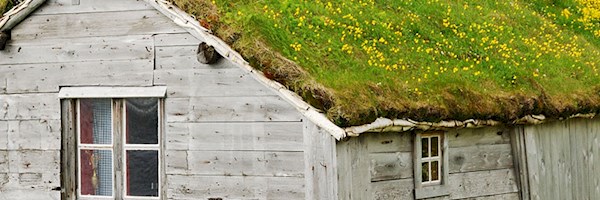There’ve been a few rumblings in the media (and around the braai) concerning the effects of the “green” requirements that have found their way into the country’s new building regulations – but are they really as onerous as people might think?
“You have to understand that there’s a distinct difference between green building (which is all about the methods and materials you use when you create a new structure), and energy efficiency - which is the measure of the amount of energy that a building requires for things like heating and lighting,” said Cape Town-based architectural technologist Jacque Cronje, of www.timberdesign.co.za.
“In terms of green or sustainable construction, the regulations – which came into effect in November, 2011 – only address the question of energy efficiency, which is actually just one aspect of the whole concept of green buildings.”
And, he said, they’re a fine set of guidelines.
New guidelines
The regulations – SANS 10400-XA: Energy Usage in Buildings and SANS 204: Energy Efficiency in Buildings – affect only new buildings, and, for existing buildings, alterations or additions which require planning permission.
“We all know that the environmental and financial costs of electricity are becoming outrageous, and that the national grid is struggling to keep up with the demand, so it makes sense to comply with – or even to exceed – the requirements of the regulations,” said Jacques.
In fact compliance is actually quite easy, and doesn’t always increase the cost of construction – which an important consideration in low-cost housing.
Window treatment
As an example, Jacques cited the question of windows.
“If the area of the window panes is less than 15% of the floor area of the building, and if the building is predominantly north-facing, it’s immediately exempt – which means that the regulations won’t increase the cost at all.
“But if the building doesn’t comply with this formula, then you have to follow the requirements of SANS 204.”
Jacques said that architects and other designers of new buildings are required to complete a course in energy efficiency – such as those offered by Structatherm.
“For me, the regulations have almost become a checklist – and it’s actually amazing how effective they are at making the houses we design more comfortable, and less expensive to live in. (In fact, one case study from the Green Building Council of South Africa – the GBCSA - which we’ll discuss in the second part of this article, to be published next week – resulted in an annual saving of R 18 000 for a middle-class family of five.)
Retro-fit
Although there’s nothing in the regulations for existing buildings, Jacques said that it makes sense to look at your home through the lens of energy efficiency to see if you can incorporate the ideas behind the regulations into your existing home.
“Most of a building’s energy is lost through the roof, so the new regulations have increased the amount of insulation by about three times.
“The geyser generally uses the bulk of any domestic dwelling’s electricity, so the regulations now require that at least 50% of your water heating must be supplied by “non-electrical resistance” (in other words: solar power or heat pumps) – and if you’re in an older house, you should at least consider installing a geyser blanket to minimise your energy loss.
“And there’s a limit to the kilowatts that can be consumed by the lighting in a building – which means that no new house today would be able to operate on old-fashioned incandescent bulbs. So if you’re in an old house, you should at least consider going over to a LED or CFL globes. (All of which makes sense, because if you use less electricity, you’ll automatically fall into a lower price bracket).”
For a more complete discussion of SANS 10400-XA: Energy Usage in Buildings, please download this 7-page pdf from the people at Nedbank Home Loans and the Sustainability Institute - or read this blog post by Jacques Cronje.
Next week: learn about a new green certification scheme for private homes in South Africa –* and how the Ngewana family managed to save all that loot with the help of the GBCSA.*
